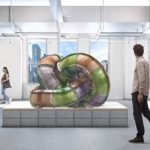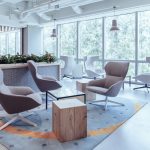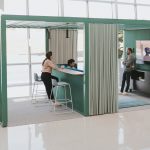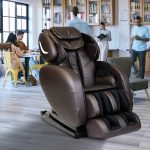4 Hot Design Trends in Education
The world of education has changed in the 21st century, and classroom design has changed along with it. Here are a four trends that are leading the way.
Flexible, Reconfigurable Spaces
Like the business world, schools are schools have moved away from traditionally designed classrooms and have adopted a flexible, open floor plan. Because students need to have furniture that can be easily rearranged and reconfigured as learning needs change during the course of the school day. Research has shown that flexible learning environments have positive impact on student learning.
Breakout Spaces
Breakout areas in the school setting are small spaces located adjacent to classrooms. Supporting the flexibility and adaptability of a space, these areas are used as alternative spaces for students to engage in small group instruction, collaboration work or individual work.
Incorporating Technology
Technology is an absolute necessity in order to create a 21st century classroom. Having reconfigurable and flexible furniture in the classroom can ease students’ interaction with technology. Furniture that is also beneficial to integrating technology include tables with power and data ports, seats that can rotate and tables with markerboard surfaces. Creating a versatile classroom environment will enhance and support innovation, collaboration and creativity.
Sustainability
Sustainability in school design has become a major focus. Schools want to use the most environmentally friendly materials so that the materials do not contribute to harmful indoor air quality or a negative indoor environment. Having access to natural lighting and focusing on improving acoustics so that students have a comfortable and positive learning environment has become an important part of classroom design.
These trends highlight that in the modern day classroom, variety is really the name of the game. This generation of students are more diverse and technology-immersed than ever before. By providing students with a variety of spaces to learn by using a free-flowing open floor plan, adaptable, technology-integrated furniture and incorporating breakout spaces into your design will create a learning environment that enhances effective teaching (and learning) for students and teachers.










